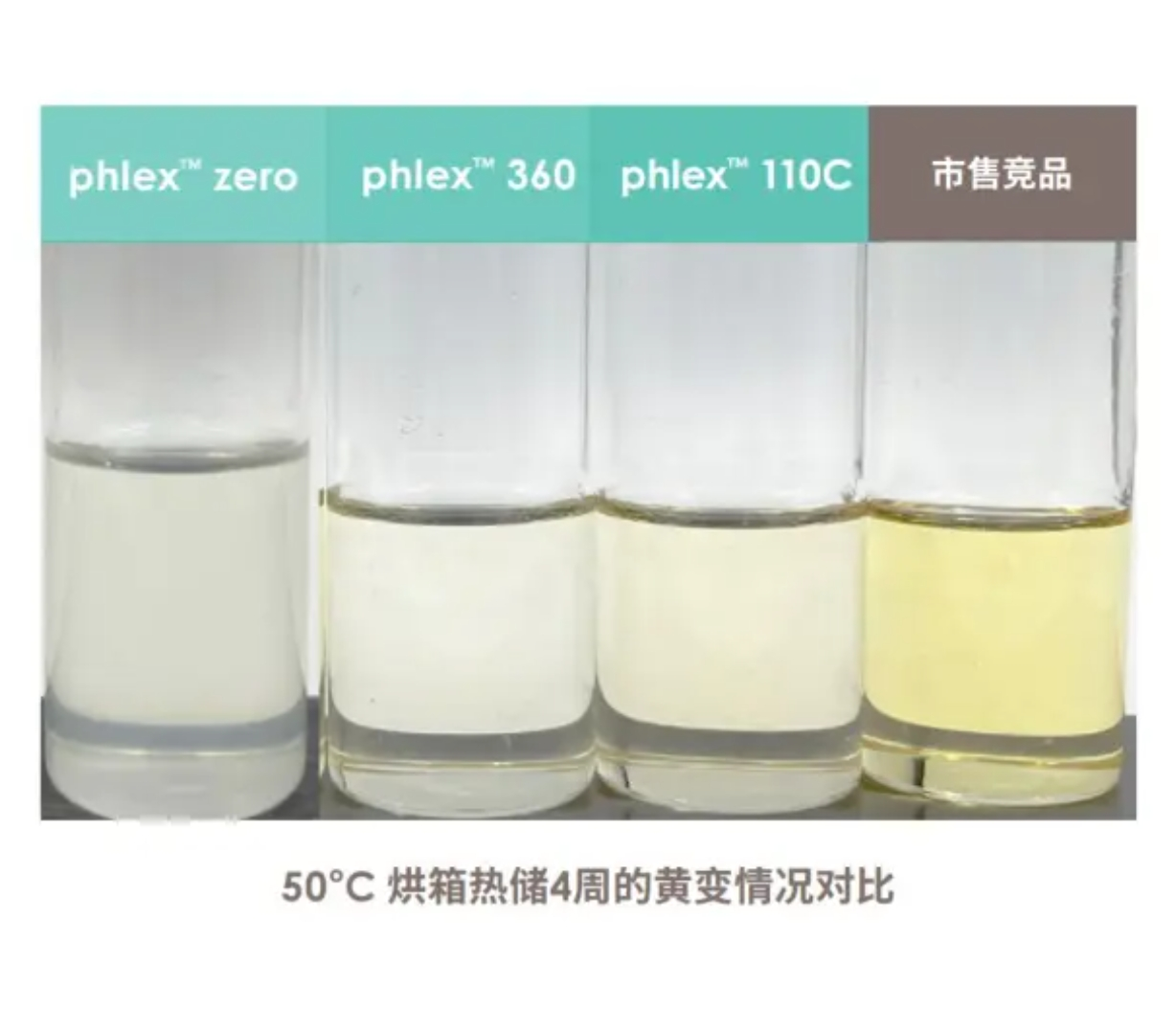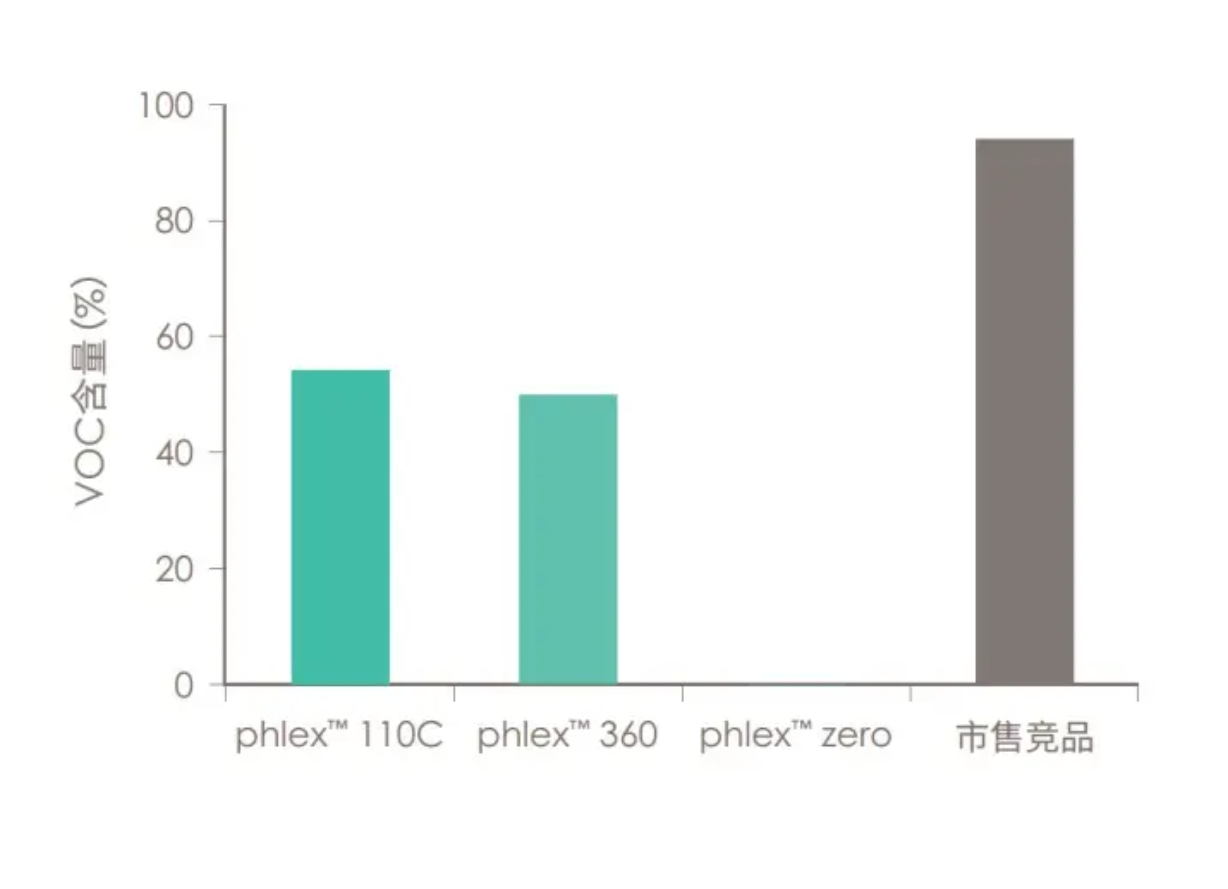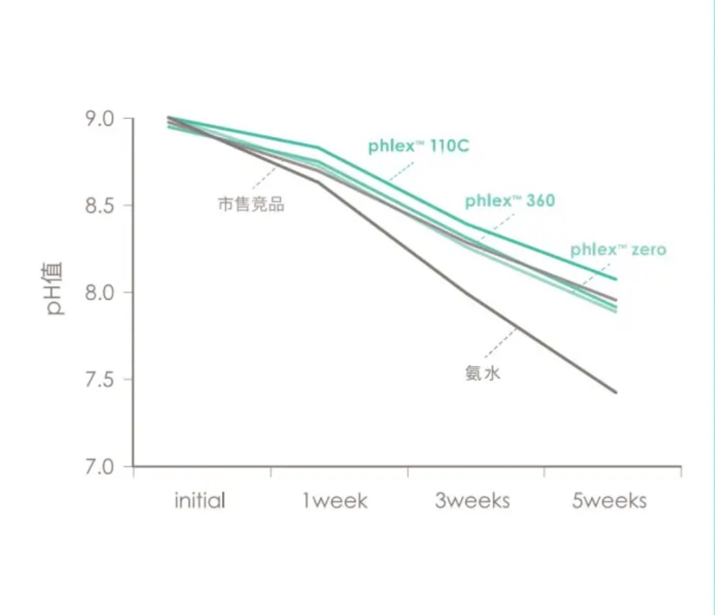Products丨Introduction to Ashland's three pH adjusters
Release time:
2024-05-24

01 The role of Ashland pH adjuster
1) In order to control the pH value of emulsions and latex paints, pH regulators are used during the production process to adjust the pH of the final product to keep it in a slightly alkaline state. Emulsions usually have the best stability in a slightly alkaline state. The coating system can only ensure storage stability when the pH value exceeds 7, and the best effect is between 8-9.
2) Alkali-swellable thickeners are often used to adjust the viscosity of the paint to make its low-shear viscosity large enough to avoid precipitation of pigments and fillers in the paint. The system must be adjusted to an alkaline state in advance with a pH adjuster so that the thickener can work.
3) When producing coatings such as latex paint thickened with cellulose ether, the system must be adjusted to a slightly alkaline state in order to accelerate the dissolution of cellulose ether.
02 Ashland pH Regulator Product Introduction - pHLEX™ 360 pH Regulator
The new pHLEX™ 360 is a low-odor, yellowing-resistant pH regulator stabilizer with good compatibility, lower odor, and a VOC content of only 50%. It can effectively help various coating products achieve long-term pH stability. At the same time, compared with traditional organic amine pH regulators, pHLEX™ 360 has a significantly lower degree of yellowing after thermal storage, which can effectively avoid the yellowing problem caused by pH regulators.
Features and Benefits
Low odor, low VOC
The yellowing degree after hot storage is significantly lower than that of organic amine pH regulator
High cost performance, helping to control coating formulation costs
Provides long-term pH stability

03 Ashland pH Regulator Product Introduction - pHLEX™ ZERO pH Regulator
Ashland's unique pHLEX™ ZERO is a zero-VOC, zero-emission pH adjuster. pHLEX™ ZERO is mildly odorous and more environmentally friendly, and does not contain any substances that may cause yellowing, thus completely avoiding the yellowing problem of paint caused by pH adjusters.
Features and Benefits
Zero VOC: Does not contain VOC, can reduce the VOC content of paint
No yellowing: does not contain any substance that may cause yellowing
No yellowing after hot storage
Provides long-term pH stability

04 Ashland pH Regulator Product Introduction - pHLEX™ 110C pH Regulator
Ashland pHLEX™ 110C is an efficient pH regulator and stabilizer with good compatibility. It can provide efficient long-term pH stability and is available in a low-viscosity liquid form. It is suitable for use in various types of emulsions and dilutable coatings. It is easy to operate and can be an excellent replacement for ammonia and other organic amine pH regulators.
Ashland pHLEX™ 110C has a VOC content of 54% and is low in odor. Especially when replacing ammonia, it can significantly reduce amine odors in operating and production areas, as well as the odor of the final coating product.
Features and Benefits
Low VOC, low odor
Low freezing point: <-18℃
Efficient pH adjustment capability
Excellent pH stability

Ashland pHLEX pH Adjuster Summary

Q&A
0 1 What are the specific applications and recommended dosage of pHLEX™ 360 regulator?
A: The conditioner can be easily added to the grinding or letdown stage of waterborne coating production to increase the pH and stabilize the emulsion. In the grinding stage, it acts as a wetting agent and dispersant to help optimize the dispersion of pigments. In the letdown stage, it provides long-term pH stability. pHLEX™ 360 has excellent effects on coatings thickened by alkali swellable thickeners (ASE and HASE), and it has excellent long-term stability compared to ammonia or mineral bases. In matte, semi-gloss coatings, it is recommended to add pHLEX™ 360 conditioner 0.1-0.4% (by weight). In most coating formulations, 0.2-0.3% is optimal.
0 2 In what other industries can pHLEX pH adjuster be used?
A: It can also be used in color paste, ink, acrylic emulsion synthesis, waterproof coating, water treatment, and water-based adhesives.














